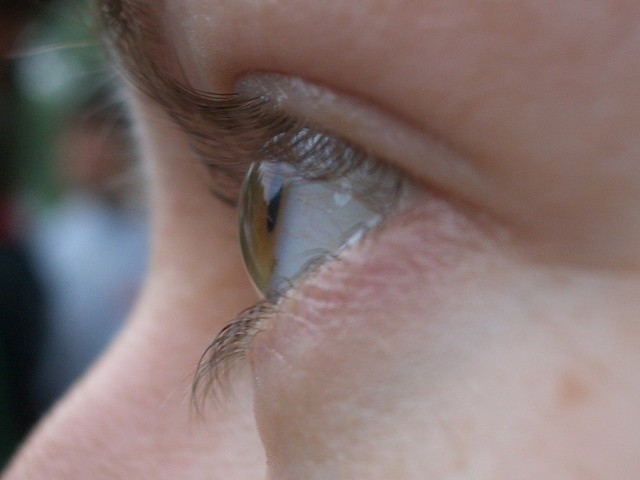Optic Nerve Tumors Traced Back To Stem Cells In Young Brains

Researchers at Washington University School of Medicine in St. Louis have traced brain tumors caused by a common genetic disorder back to a particular area in the developing brains of mice, suggesting a possible way of targeting these tumors for treatment in humans.
Washington University neurologist David Gutmann and his team were examining tumors associated with neurofibromatosis type 1 (NF1), an inherited disorder that occurs in about one out of every 3,000 people. NF1 causes, among other things, tumors in the optic nerve called optic gliomas that are usually harmless, but which can sometimes impair a child's vision.
Before the team began their research, no one really knew where the tumors were coming from. They could have been originating in mature cells in the optic nerve, or they could have been coming from regions of stem cells in the embryonic brain. Gutmann and his colleague Da Yong Lee decided to look at areas of the brain right near the optic nerve.
It's like an episode of CSI -- you want to look for clues in the area of the murder, Gutmann said in a phone interview.
Two regions of stem cells appeared to be likely candidates: the third ventricle and the lateral ventricle, located roughly in the middle of the brain. Both areas are lined with stem cells during embryonic development until shortly after birth.
In a paper appearing in the journal Cancer Cell, Gutmann and his colleagues described how they turned off Nf1 -- a gene in mice that's similar to the gene that, when turned off, causes NF1 in humans -- in stem cells from both regions.
When the gene was turned off in stem cells from the third ventricle, those cells started proliferating wildly - the first step on the road to tumor formation. But when the researchers turned off the Nf1 gene in stem cells from the lateral ventricle, they didn't find that same effect.
People might think of stem cells as a single kind of cell, but they're actually more diverse than that. While stem cells from the lateral ventricle and the third ventricle are both able to differentiate into a wide range of cell types, they express different kinds of genes and, as Gutmann and his colleagues showed, behave in different ways to the same genetic changes.
There are innate properties of stem cells that map to where they grow up. It's like how if you grow up in New York City, you're more likely to be a Yankees fan than a Cardinals fan, Gutmann explained.
Just as you wouldn't bother taunting a Cardinals fan about a Yankees loss, you wouldn't attack tumors from the lateral ventricle with the same drug you'd use on a tumor arising from the third ventricle.
Understanding how different kinds of optic glioma bear the traces of their separate origins is the key to being able to tailor treatment to a specific individual, according to Gutmann.
Until we put all that together, we may be throwing away good medicine that works for a subset of kids because it's not working for all kids, Gutmann said.
SOURCE: Lee et al. Innate Neural Stem Cell Heterogeneity Determines the Patterning of Glioma Formation in Children. Cancer Cell 22: 131-138, 10 July 2012.
© Copyright IBTimes 2024. All rights reserved.





















